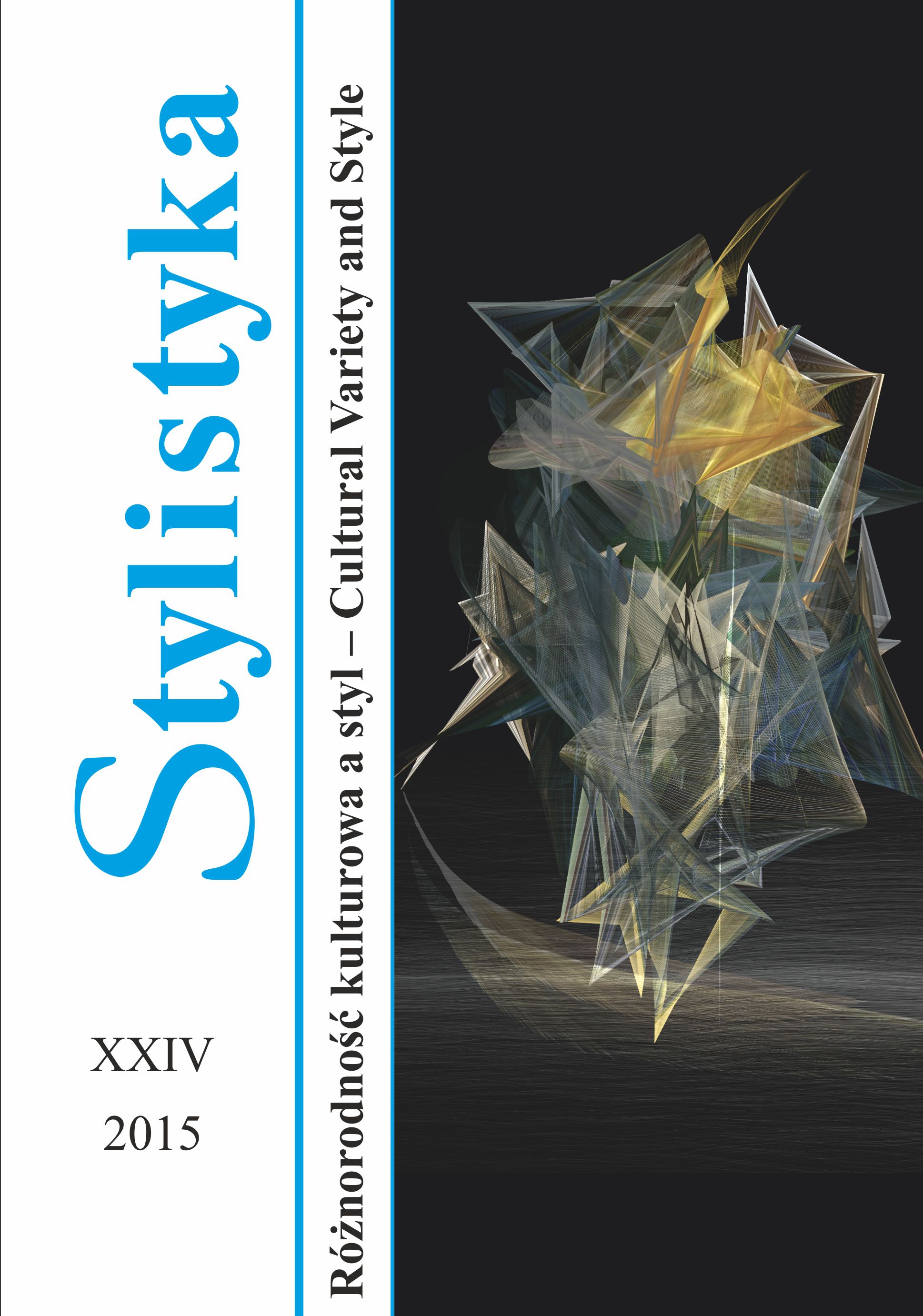POMIĘDZY STUDIAMI NAD TEKSTEM LITERACKIM A SEMIOTYKĄ ARTYSTYCZNĄ
Between the studies of literary texts and artistic semiotics
Author(s): Elżbieta Chrzanowska-KluczewskaSubject(s): Language and Literature Studies, Studies of Literature
Published by: Uniwersytet Opolski
Keywords: artistic semiotics; intermediality/convergence of arts; schematicity; verbal and visual tropes; semiotic stylistic universals
Summary/Abstract: The article focuses on the comparison of verbal and non-verbal visual artworks (paintings) conceived as texts in a broad semiotic understanding, thus addressing the issue of intermediality (convergence of arts). The first problem discussed is that of a degree of underdetermination/schematicity present in literary texts and visual artworks. The opinions of philosophers and theoreticians of art on this theme have been divergent, with the outstanding Polish henomenologist Roman Ingarden favouring literary texts as less “gappy” than paintings (due to the capacity of natural language to invoke several sensations) and thus easier to “concretize” (i.e. fill in during interpretation) and with E. H. Gombrich treating paintings as less “handicapped” in sensory perception (more detailed, open to holistic instant scrutiny). The second major query concerns the presence of tropes in non-verbal texts. The author supports the thesis that tropes exist not only in verbal texts but are also capable of structuring all kinds of visual and spatial texts, such as paintings, sculptures, installations, architectural works, urban and garden spaces, as well as products of artistic design. The discussion proceeds against a larger background showing the camp of supporters of visual tropes – representatives of several disciplines (Jakobson, Barthes, Todorov, Gombrich, Porêbski, Wysłouch, and the cognitive scholars) set against the group of non-believers in the visuality of tropes (Arnheim, Foucault, Ziomek, partly Mayenowa). Although the author remains sceptical about the possibility of finding a common “grammar” for all semiotic artistic systems in the sense of imposing on them morphology and syntax in the strictly linguistic understanding, she strongly believes that all aesthetically marked semiotic texts share a common stylistic core, in which figuration (and tropes in particular) qualify as semiotic stylistic universals. The list of such universal tropes may be claimed to include the four master tropes: metaphor, metonymy, synecdoche and irony, extended by: simile, antithesis, catachresis (semantic anomaly), euphemia, suppression and antithesis (cf. Chrzanowska-Kluczewska 2013). The discussion of visual tropes is carried out on the example of four capriccios – oil paintings featuring the seasons of the year/elements by the mannerist artist Giuseppe Arcimboldi.
Journal: Stylistyka
- Issue Year: 2015
- Issue No: XXIV
- Page Range: 113-130
- Page Count: 17
- Language: Polish

